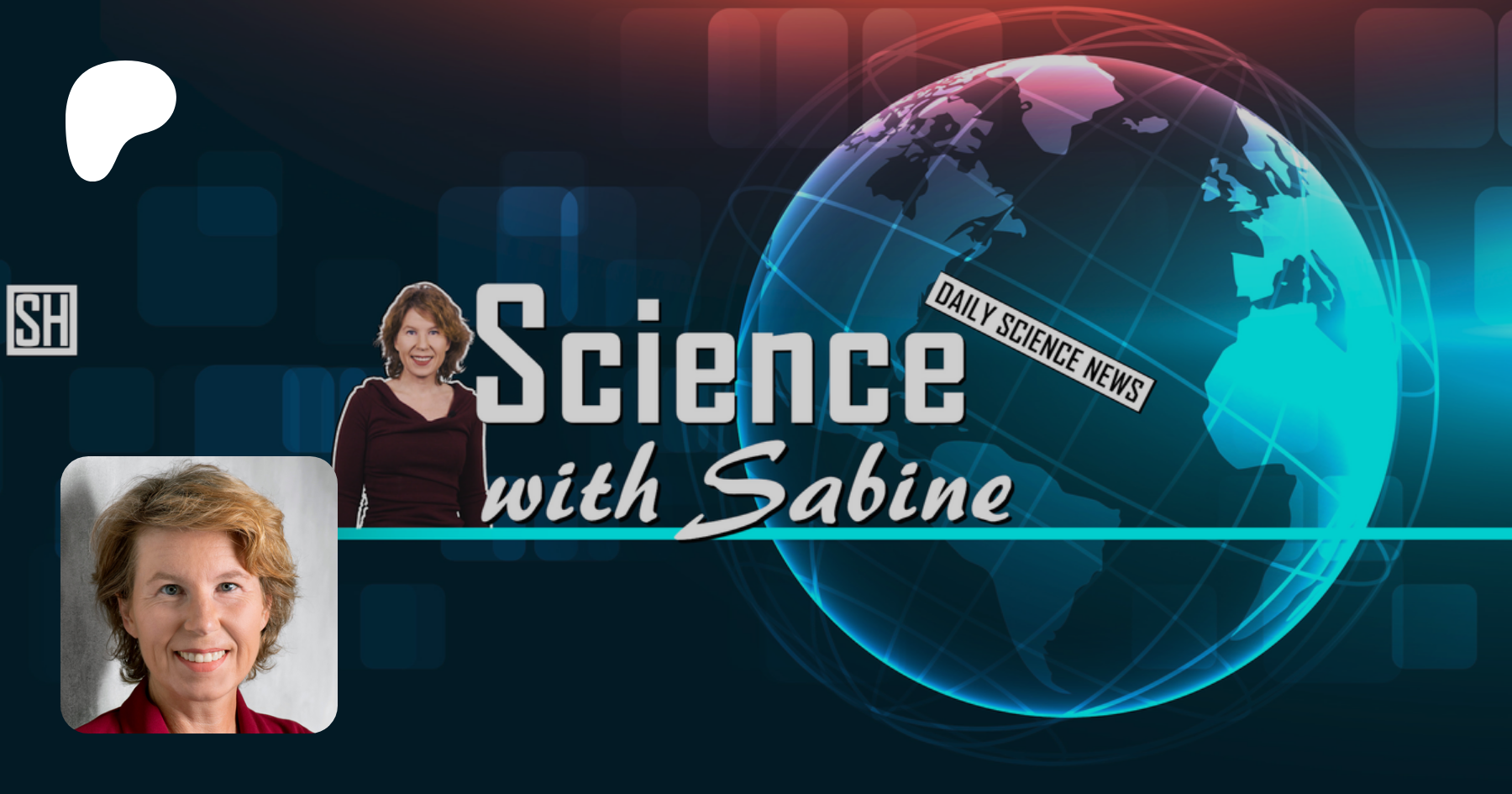- Sabine's Newsletter
- Posts
- A Space Bubble, Tesla vs BYD, More Ice, and White Holes
A Space Bubble, Tesla vs BYD, More Ice, and White Holes
This week’s science bits from SWTG

Don’t miss this: On June 3 (10 am CT), Fermilab will announce final results of the muon g-2 measurement that is incompatible with Standard Model predictions in earlier results. (For a brief summary, see my last year’s video here.)
Astronomers Discover Unusually Perfect Supernova Remnant in the Milky Way

Image: Filipovic et al, arXiv:2505.04041
Researchers from Western Sydney University in Australia have identified an almost perfect circle in radio data from the Australian Square Kilometre Array. The object, which they called “Teleios” (Greek for “perfect”) is probably a Type Ia supernova remnant. It’s remarkable because supernova remnants typically exhibit irregular shapes due to interactions with surrounding interstellar material. The researchers have estimated the object’s distance to us to be between 7,000 and 25,000 light years, which means the bubble is within our galaxy. Paper here.
This week’s episode of Science News is about time white holes — theoretical bodies in physics that are basically time-reversed black holes, meaning instead of permanently trapping matter inside themselves, they release it constantly. Recently, one team of physicists claimed that black holes can turn into white holes, another team says they know how to detect them, and yet another group claims that white holes make up dark matter. Has the time for white holes come? This week’s video also comes with a quiz, which you can take here.
Speaking of quizzes, you can now create and share your own quizzes on QuizWithIt for free! Each quiz has a unique URL, can be embedded into websites or newsletter, and be shared on social media. Happy quizzing!
Researchers took apart a Tesla Battery and compared it to BYD

Image: Gorsch et al, Cell Reports Physical Science 6, 3, 102453 (2025).
Researchers from RWTH Aachen University in Germany have taken apart and analysed two of the most widely used electric car batteries: Tesla’s large cylindrical cell from the 2022 Model Y made in Texas, and BYD’s flat cell found in cars like the Han and Dolphin.
They found that Tesla’s battery stores significantly more energy, about one and a half times more by weight and nearly twice as much for the same volume. However, this comes at the cost of increased heat generation: at a standard discharge rate, the Tesla cell produces 2.3 times more heat per volume. One of the most surprising findings is that neither battery uses silicon anodes, even though silicon is often seen as a key upgrade for future batteries.
Overall it seems that Tesla aims at performance first, whereas BYD simplifies for ease of production and cost. Paper here.
Antarctica Surprisingly Gains Ice

Image: Wang et al, Sci China Earth Sci 68, 4, 1091 (2025)
A team of researchers in China say that the ice in Antarctica, contrary to expectations, has not been steadily melting off, but has actually gained in mass in the past years. They analysed 22 years of data from NASA’s GRACE satellite missions which maps shifts in Earth’s gravitational field. From this they computed the mass of the frozen water in Antarctica. Between 2021 and 2023 they found an increase in mass, interrupting two decades of ice loss. The researchers say that this is due to increased snowfall in the region, which might be coincidence, or might itself be a consequence of precipitation patterns shifting due to climate change. Paper here.
Unlock the Secrets of Science, Philosophy, and Culture.
Discover stories that stretch your mind and stir your imagination. Nautilus, the science newsletter, explores the deep connections between science, philosophy, and culture — one idea at a time. Join thousands of curious readers and get beautifully crafted essays delivered to your inbox every week.
